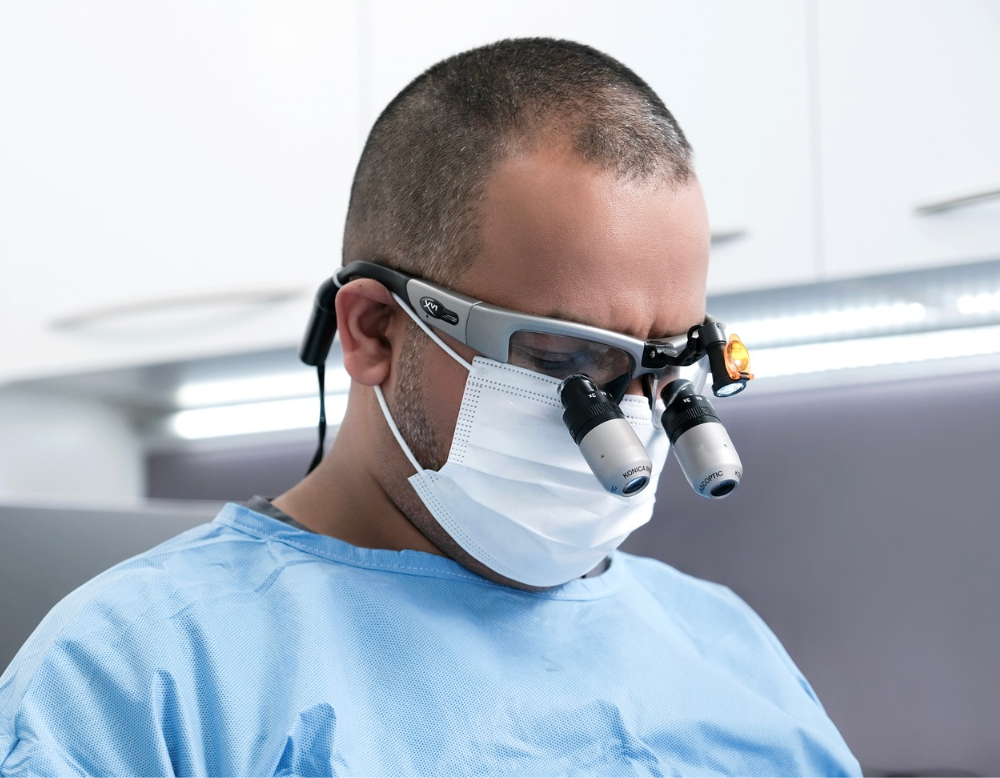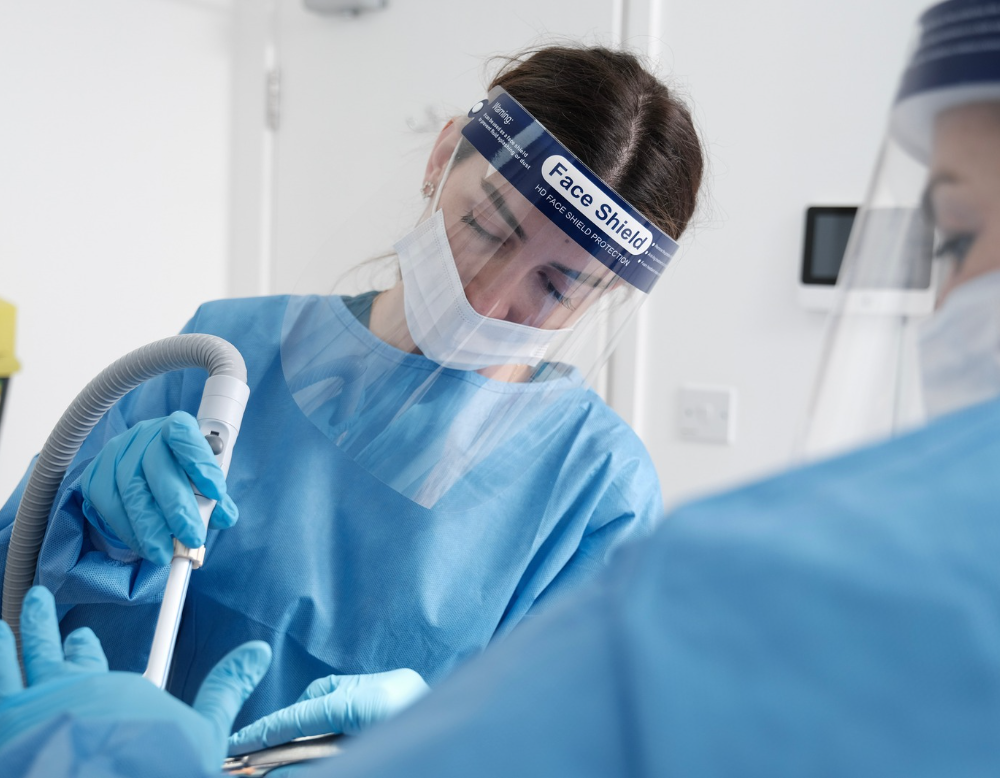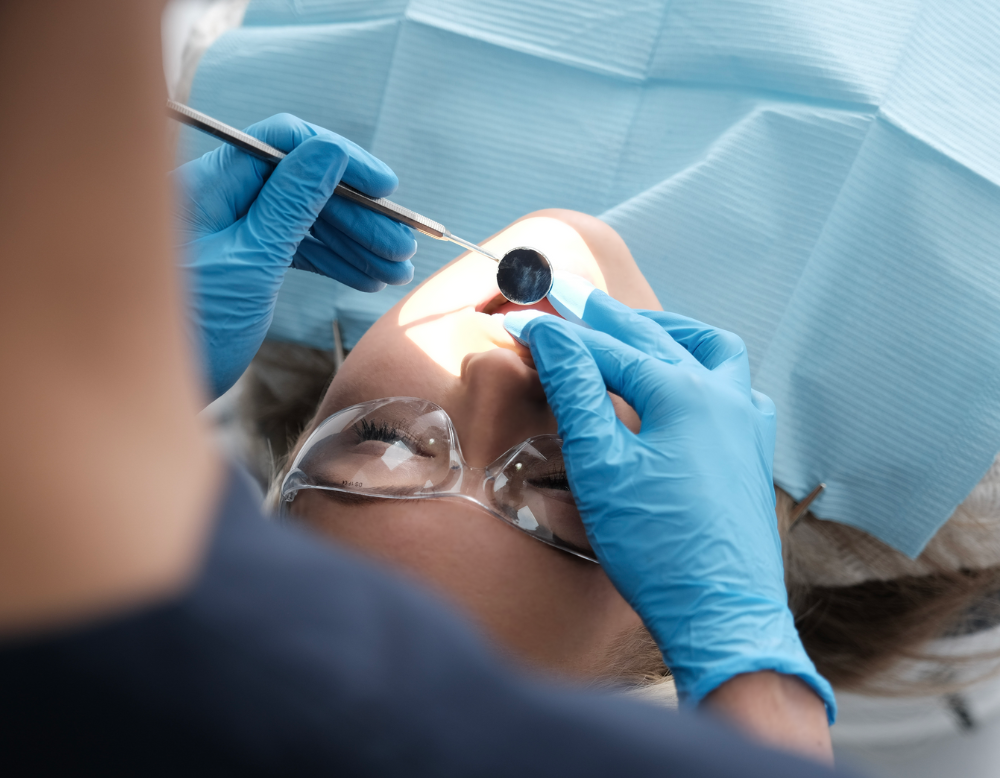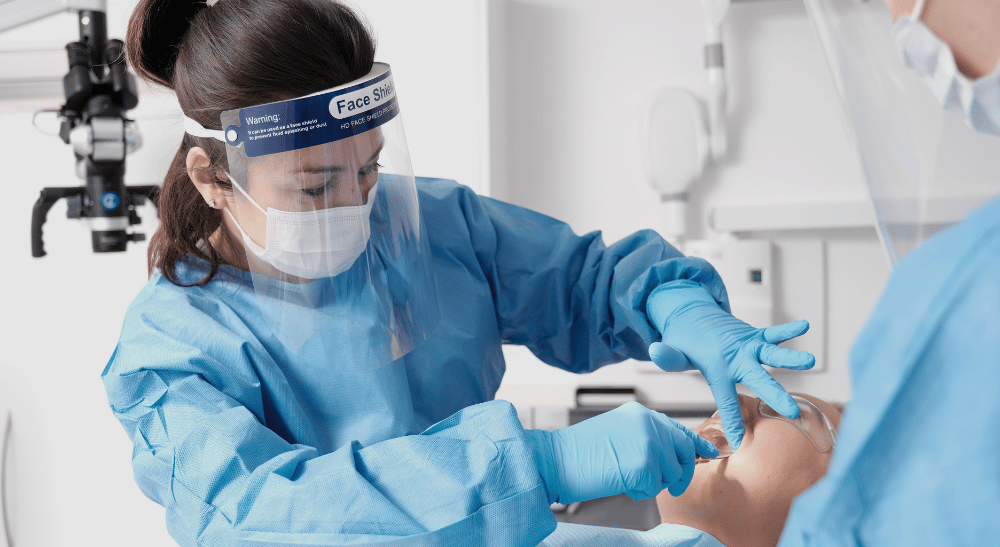Gum disease is caused by a build-up of plaque, a sticky film of bacteria that forms daily on the surface of teeth and gums and causes enamel to decay.
If plaque is not removed by twice-daily brushing and regular interdental cleaning, it builds up over time, becoming hard and forming what is known as tartar that brushing alone cannot remove.
When untreated, gum disease can go on to eat away at the supporting structures underneath your teeth (your gums and jawbone).












